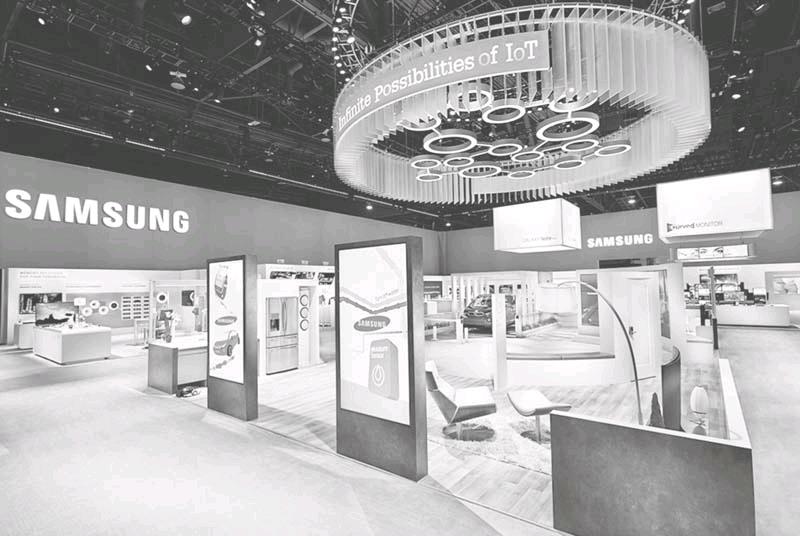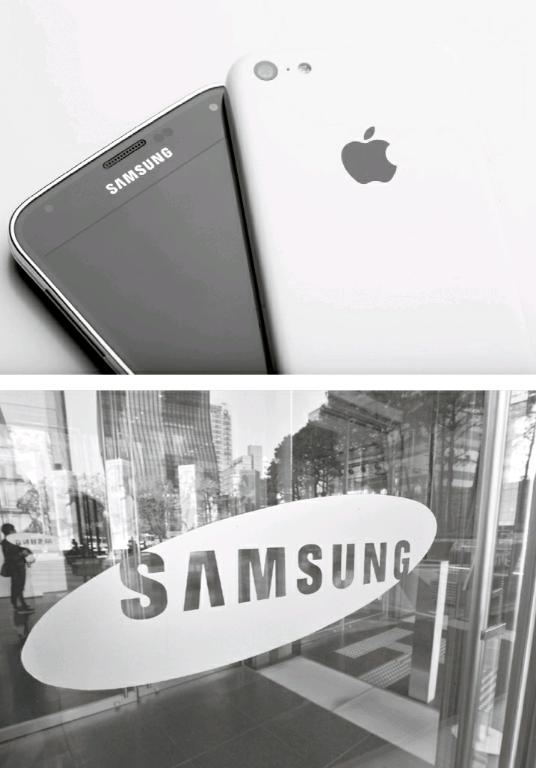Samsung Electronics Struggles to Find Fix for Smartphone Woes
2016-02-21
Samsung Electronics Co Ltd, the worlds largest handset maker is forecast in September to guide for its first annual increase in quarterly profit in two years following a dismal third quarter in 2014, but profits and mobile margins are expected to contract on a sequential basis.
More than a year into the overhaul of its smartphone lineup, Samsung Electronics Co Ltd has yet to find a way to reverse a slide in market share or margins, clouding its growth outlook and fuelling investor impatience.
Samsung is at a Standstill
Samsung has tried various fixes for its phone business. At the lower end it launched new products targeting markets such as India, while at the high end it switched from plastic to metal, introduced curved screens and cut the price for its flagship Galaxy S6 devices after sales fell short of high expectations in the second quarter.
While those measures have lifted Samsung from its earnings trough, they have not been enough to regain market share from Apple Inc at the high end and Chinese markers at the lower end, or convince investors that the company is back on track for sustained growth.
“Samsung is at a standstill,” said Kim Hyun-su, fund manager for IBK Asset Management. “Its having trouble finding a way to create new demand for its smartphones.”
The South Korean electronics giants stock trades at a forward priceto-book ratio of 0.9 - the lowest since 2002, according to Thomson Reuters data. It is under pressure again to return some of a cash pile of 61.8 trillion won($53 billion) as of end-June through dividends or share buybacks.
A Thomson Reuters SmartEstimate poll of 30 analysts tips Samsungs JulySeptember operating profit to have risen 64 percent to 6.7 trillion won, marking the first pickup since a record profit in the third quarter of 2013.
Smartphone makers other than Apple are finding it tough to compete on any basis besides price, as new hardware features can be quickly matched by rivals. Samsung lacks service or software offerings that can pique consumer interest and not easily be replicated, a problem it hopes its recently launched Samsung Pay service can help address.
Samsungs semiconductor business probably remained its top earner for the fifth straight quarter as new premium phones came to market. In addition to its own devices, Samsung supplies chips to new Apple iPhones.
Lacking significant growth drivers, Samsung faces pressure to boost capital returns to placate frustrated shareholders.
“A share buyback would at least send a message that the company has investor interests in mind,” IBKs Kim said.
HDC Asset Management fund manager Park Jung-hoon said fourthquarter operating profit would probably ease from the third quarter due to higher smartphone marketing bills ahead of the year-end holidays.
Second Tizen-powered Smartphone
On Oct 14, Tech giant Samsung Electronics Co Ltd unveiled the second smartphone powered by its own Tizen operating system, its latest bid to increase the popularity of its own software ecosystem.
Samsung said the Z3 will go on sale in India on Oct. 21 for 8,490 Indian rupees ($130.59). While this is more expensive than the 5,700 rupees launch price for its predecessor, the Z1, the new phone offers better hardware including a faster processor, a higher quality screen and improved cameras.
The worlds top smartphone maker is trying to reduce its dependence on Google Inc, whose Android operating system powers Samsungs flagship Galaxy smartphones. The company has also launched other products this year powered by Tizen, including the Gear S2 smartwatch and premium televisions.
A person with knowledge of the matter told Reuters in June Samsung plans to launch more handsets running on Tizen this year. Samsung needs to attract more smartphone users to the operating system in order to gain more third-party developer support, analysts say.
The Z3s low price could attract buyers in markets like India, where smartphone penetration is still relatively low. Researcher Counterpoint said the predecessor Z1 smartphone was Samsungs best-selling smartphone in India during the second quarter, thanks in part to its low price.
Mobile Payments Data Safe after LoopPay Hack
Tech giant Samsung Electronics Co Ltd said its Samsung Pay user data is safe after a hacking attack against a U.S.-based subsidiary that developed a key technology for its newly-launched mobile payments system.
Disclosure of the attack, first reported by the New York Times, comes less than two weeks after Samsung Pays launch in the United States. The worlds top smartphone maker hopes the convenience provided by the payments system can help it defend shrinking market share and margins.
“The LoopPay corporate network issue was resolved immediately and had nothing to do with Samsung Pay,” Samsung said in a statement.
Chinese hackers gained access to LoopPays office network around March and the breach was discovered in August, Samsung said.
LoopPay developed the technology enabling Samsung Pay to work with magnetic-stripe card readers prevalent at retail stores, seen as a key advantage over similar services from Apple Inc and Google Inc.
The South Korean firm said Samsung Pay was operated by its own mobile division and was on a physically separate network to LoopPays, giving the hackers no access to user data or other core information.
The three compromised LoopPay servers did not store sensitive informa- tion including technologies developed by the firm.
Yuanta Securities analyst Lee Jaeyun said the hack could nevertheless trigger security concerns and slow user adoption of Samsung Pay.
Samsung Electronics Japan to Lay Off 100 Employees
Samsung Electronics Japan will cut payroll by 25% this year, seeking to improve profitability in a maturing smartphone market by holding down fixed costs while launching new handsets.
The unit of the South Korean electronics giant plans to gradually lay off about 100 personnel, including sales and back-office staffers. Although Japans three top wireless carriers started offer- ing the flagship Galaxy S6 handset in the spring, Samsungs market share remains lackluster. It ranked fifth in Japanese smartphone shipments with a 6.1% share in the April-September period, data from the MM Research Institute in Tokyo shows.
Samsung Electronics Japan sold its former headquarters in Tokyos Roppongi district this year and moved to the Iidabashi district. It employed about 390 people in April. On the coming payroll cuts, the company said it is reducing staff and optimizing operations to continue providing added value.
Samsung Electronics Japan handles Samsung Electronics smartphone operations in the country, while a separate company, Samsung Japan, produces electronic components.
